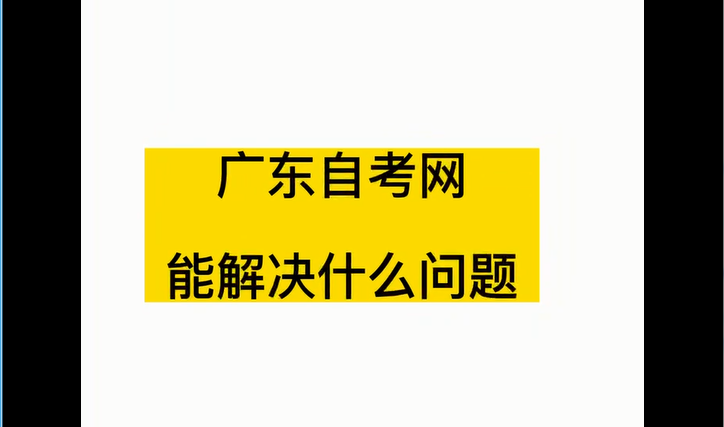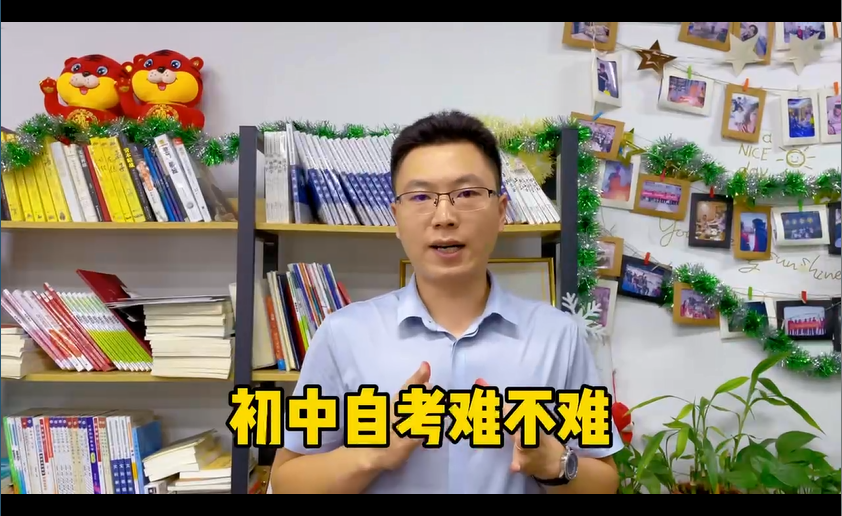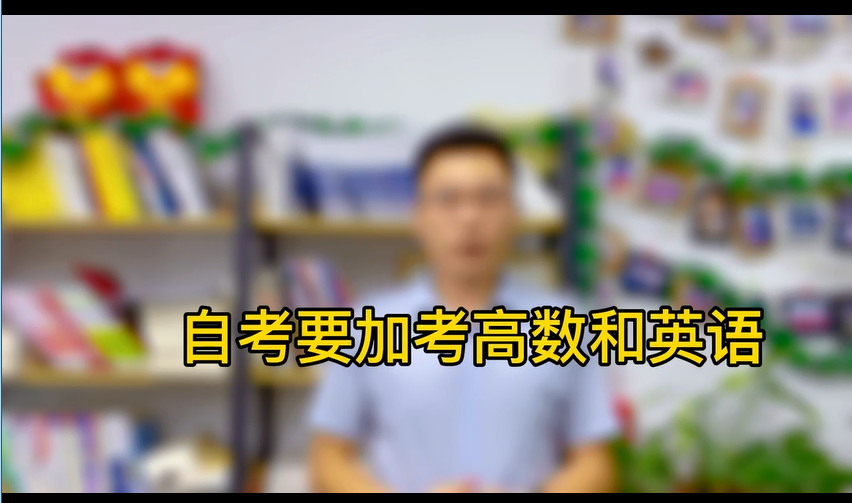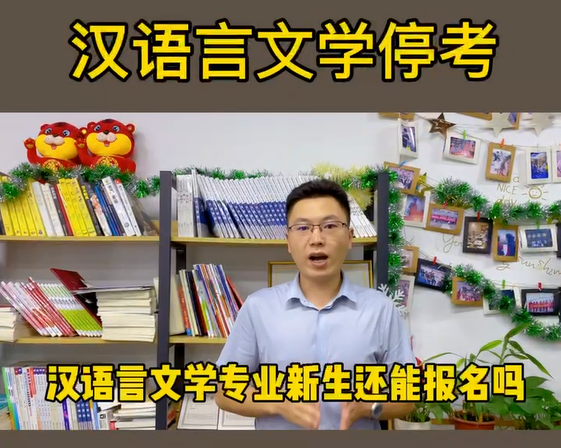全国2010年1月高等教育自学考试外语教学法试题
温馨提示
亲爱的学员,您好!
全国2010年1月高等教育自学考试外语教学法试题
课程代码:00833
请将答案填在答题纸相应位置上
I. Multiple Choices: (20%)
Directions: In this section, you are given 20 questions, beneath each of which are four choices marked A, B, C, and D. You are to make the best choice either to complete the incomplete statement or to answer the question. One point is given to each correct choice.
1. Most of the teaching activities in a Grammar-Translation classroom serve the purpose of mastering _______.
A. vocabulary
B. grammatical rules
C. skill of reading
D. skill of writing
2. _______ was the first teaching method to have a theory, making language teaching possible to large groups of learners.
A. The Cognitive Approach
B. The Audiolingual Method
C. The Oral Approach
D. The Direct Method
3. In a Total Physical Response classroom, the students listen attentively and respond _______ to commands given by the teacher.
A. physically
B. quickly
C. correctly
D. actively
4. One of the five points initiated by David Nunan to characterize the Communicative Approach is an emphasis on learning to communicate through _______ in the target language.
A. speaking
B. writing
C. interaction
D. role-play
5. Which of the following is forbidden in a Direct Method classroom?
A. Using gestures.
B. Sketch drawing.
C. First language.
D. Writing.
6. Chomsky and others claimed that every normal human being was born with a/an _______.
A. LDA
B. ADL
C. LAD
D. DLA
7. English teaching in China didn’t enter into the formal educational system until the _______ century.
A. late 19th
B. early 20th
C. mid-20th
D. late 20th
8. Krashen advocates that learning refers to the _______ process leading to the development of competence and is not dependent on the teaching of grammatical rules.
A. conscious
B. unconscious
C. overconscious
D. subconscious
9. Franz Boas, a representative of American structuralism, made a thorough study of the native languages and cultures of American _______ which were to be extinct.
A. Indians
B. Asians
C. Africans
D. Spaniards
10. Dianysius Thrax classified all the words of the Greek language into _______ parts of speech.
A.6
B. 8
C. 9
D. 10
11. According to the acquisition-learning hypothesis, speakers are not concerned with language form, but with _______.
A. fluency
B. accuracy
C. meaning
D. correctness
12. In the Grammar-Translation Method, the teaching materials are arranged according to a _______ system.
A. language
B. content
C. logic
D. grammar
13. Palmer’s book, The Scientific Study and Teaching of Languages (1917), began with the question, "What is a _______?"
A. language
B. speech
C. sentence
D. word
14. Who first used the term "communicative competence" in deliberate contrast to Chomsky’s "linguistic competence"?
A. Stern.
B. Asher.
C. Krashen.
D. Hymes.
15. The Cognitive Approach insists that learning should be _______.
A. grouped
B. structured
C. paralleled
D. practiced
16. Language samples, according to structural linguistics, can be exhaustively described at any _______ level.
A. paragraph
B. sentence
C. lexical
D. structural
17. Two indispensable parts of the Communicative Language Teaching are supposed to be _______.
A. presentations and pragmatics
B. discourse analysis and drills
C. discourse analysis and pragmatics
D. drills and presentations
18. According to D. Ausubel, the principal function of _______ is to act as a bridge between what learners already know and what they need to know.
A. schema theory
B. language acquisition device
C. language competence
D. advance organizers
19. The syllabus used in the Direct Method is arranged semantically according to _______.
A. situations or topics
B. textbooks or materials
C. ideas or concepts
D. students or learners
20. In the views of language suggested by J. R. Firth and M. A. K. Halliday, which of the following does NOT receive the priority importance?
A. Meaning.
B. Context.
C. Setting.
D. Form.
II. Filling Blanks: (20%)
Directions: In this section there are 20 statements with 20 blanks. You are to fill each blank with ONE appropriate word. One point is given to each blank.
21. The ultimate _______ of learning a foreign language in a Grammar-Translation Method classroom is to enable the students to read and translate its literature.
22. _______ association of language with objects and persons of the immediate environment is emphasized in the Direct Method.
23. The Cognitive Approach lays emphasis on the conscious acquisition of language as a meaningful system and it seeks a basis in cognitive psychology and in transformational _______.
24. In his The Principles of Language Study, Palmer specified the _______ between language learning in real life and learning in the classroom.
25. The Oral Approach employs _______ for presenting new sentence patterns and drill-based manner of practicing them.
26. In the Cognitive Approach, teachers are required to tell the learner about the language, because knowledge of language rules facilitates _______.
27. The Direct Method believes in the natural process of language learning and in the_______ teaching of grammar.
28. The objective of the ASTP (Army Specialized Training Program) was to attain_______ proficiency in a variety of foreign languages.
29. Krashen and his like hold that _______ does not require explicit analysis or attention by the teacher, by the learner, or in language teaching materials.
30. Notional Syllabus, written by Wilkins, is a book which has a significant impact on the development of the _______ Language Teaching.
31. The emphasis on WHAT and HOW continued during the transformational generative period, when the _______ code-learning approach was much discussed.
32. According to Curran, there are six elements necessary for non-defensive learning. They are _______, attention, aggression, retention, reflection, and discrimination.
33. The Audiolingual Method, known variously as the Aural-Oral Approach and the_______ Approach, influenced the way languages were taught in the US and elsewhere in the world throughout the 1950s.
34. Only in the late 18th century did the _______ of grammar rules with translation into target language become popular as the principal practice technique.
35. In the Direct Method students are encouraged to learn to _______ in the target language.
36. Piaget considers that conceptual growth occurs because the child, while actively attempting to adapt to the environment, organizes actions, into schemata through the processes of assimilation and _______.
37. In Chomsky’s opinion, linguistic competence refers to the _______ knowledge of the language that a native speaker of that language possesses.
38. _______ competence refers to the interpretation of inspanidual message elements in terms of their interconnectedness and of how meaning is represented in relationship to the text.
39. Krashen sees the learner’s emotional state or attitudes as an adjustable _______ that freely passes or blocks input necessary to acquisition.
40. It is Halliday that made the London School of Linguistics one of the most competitive _______ theories in the world.
Ⅲ. Matching: (10%)
Directions: This section consists of two groups of pairs listed in two columns, A and B. You are to match the one marked ①, ②,③,④, or ⑤ in Column A with the one marked a, b, c, d, or e in Column B. One point is given to each pair you match correctly.
41. A. Linguists concerned B. Contributions to the Cognitive Approach
| ①N.Chomsky |
a.schema theory |
|
②J.Piaget |
b.discovery method |
|
③J.B.Bruner |
c.transformational generative grammar |
|
④D.Ausubel |
d.meaningful verbal learning and advance |
|
⑤G.Kelly |
e.distinction between meaningful and |
| ①Gestalt psychology |
a.Sigmund Freud |
|
②Psychoanalysis |
b.B.E.Skinner |
|
③Behaviorism |
c.J.Schumann |
|
④The habit-formation theory |
d.Max Wertheimer |
|
⑤The acculturation theory |
e.John B.Watson |
IV. Questions for Brief Answers: (30%)
Directions: This section has six questions. You are to answer them briefly. Five points are given to each question.
43. What are the classroom procedures used in the Direct Method?
44. In the Oral Approach,how are the learners likely to study grammar?
45. There are three aspects in the combination of structural linguistic theory, which later led to the Audiolingual Method. What are they?
46. What disciplines does foreign language teaching involve?
47. What are the four dimensions in terms of language competence entailed in the Communicative Approach according to Canale and Swain?
48. What are the five hypotheses Krashen’s monitor theory consists of?
V. Questions for Long Answers: (20%)
Directions: The two questions in this section are to be answered on the basis of your own teaching experience as well as the theoretical knowledge you’ve learned. Ten points are given to each question.
49. What are the principles of language teaching that Asher believes in?
50. Please make a comment on the advantages and disadvantages of the Grammar-Translation Method.
点击查看全部真题 >>
扫码登录
扫码关注“广东省自考网”微信公众号
即可查看全部内容
《广东自考网》免责声明:
1、由于考试政策等各方面情况的调整与变化,本网提供的考试信息仅供参考,最终考试信息请以省考试院及院校官方发布的信息为准。
2、本站内容部分信息均来源网络收集整理或来源出处标注为其它媒体的稿件转载,免费转载出于非商业性学习目的,版权归原作者所有,如有内容与版权问题等请与本站联系。联系邮箱:812379481@qq.com


















